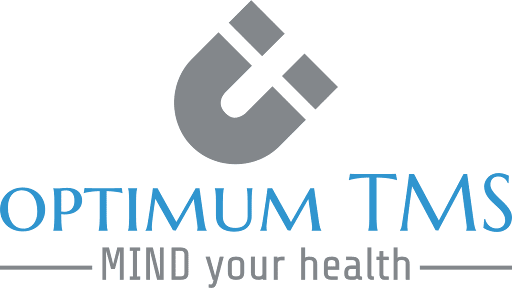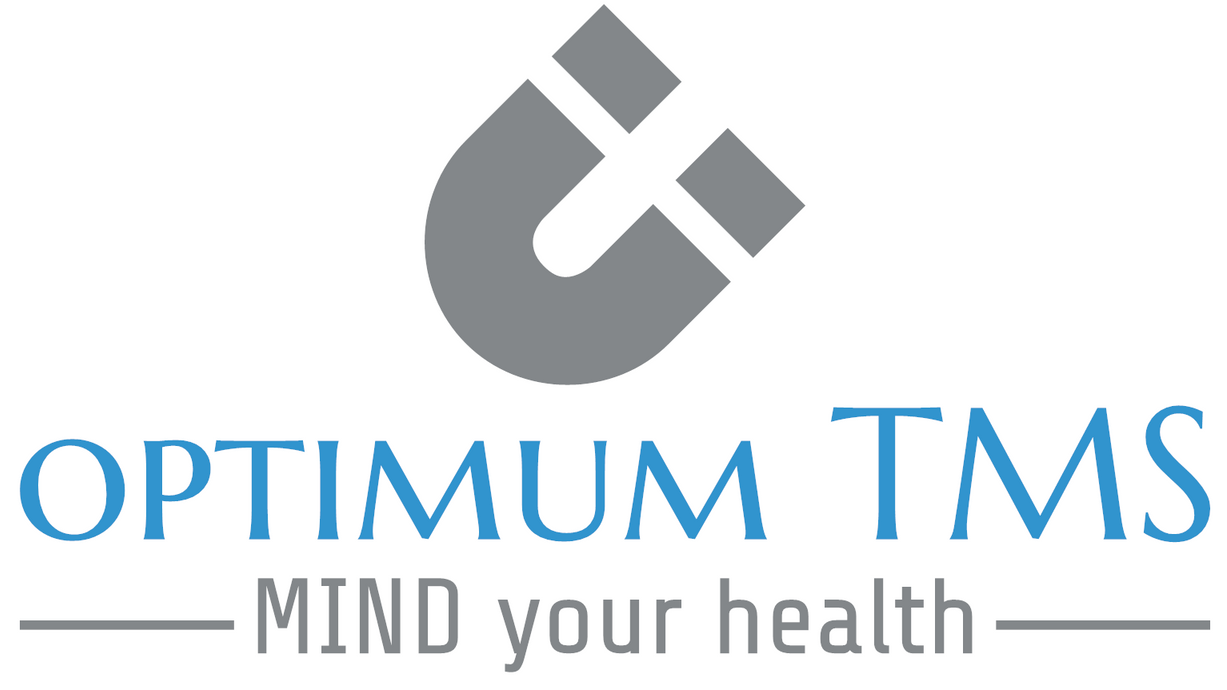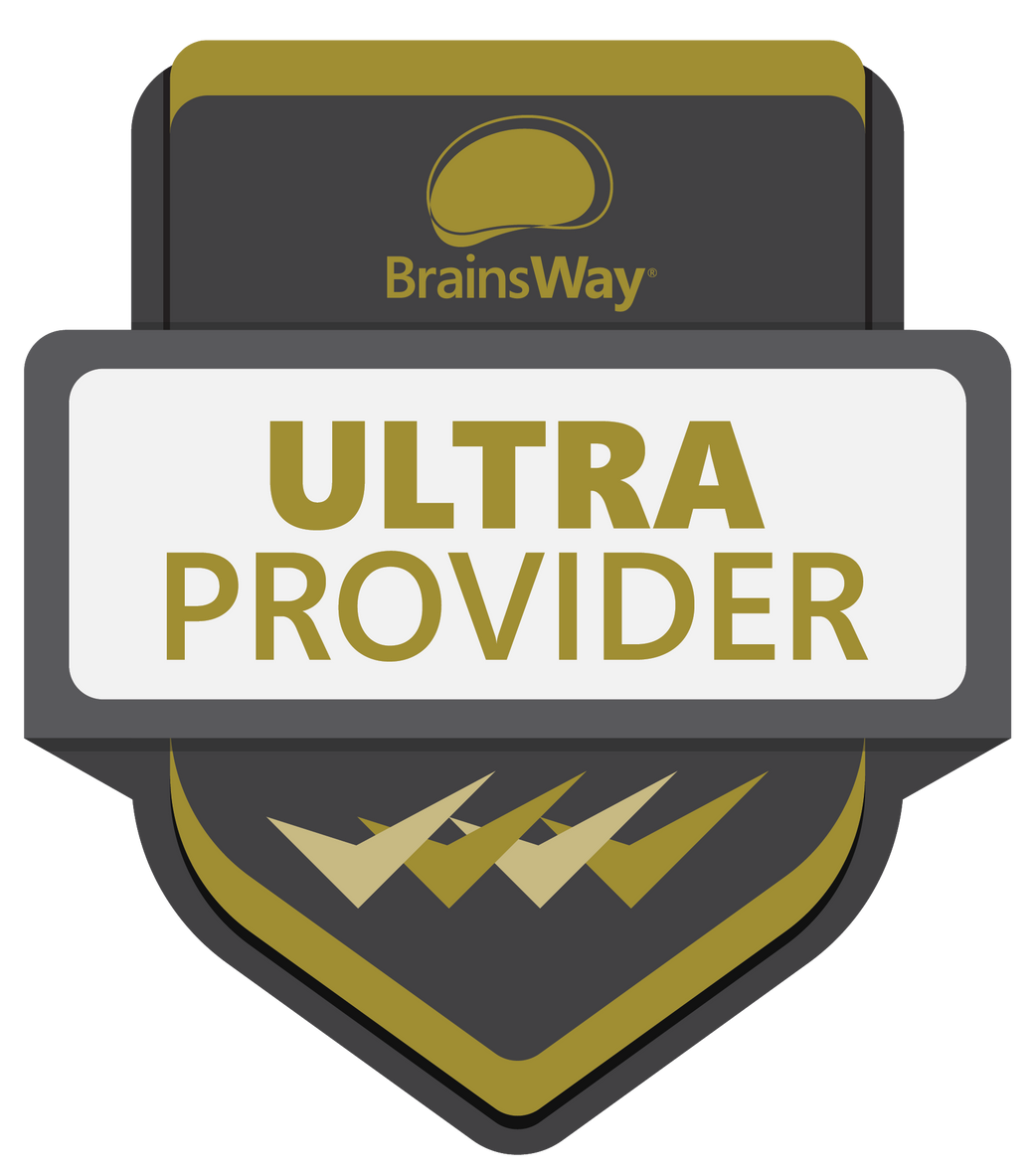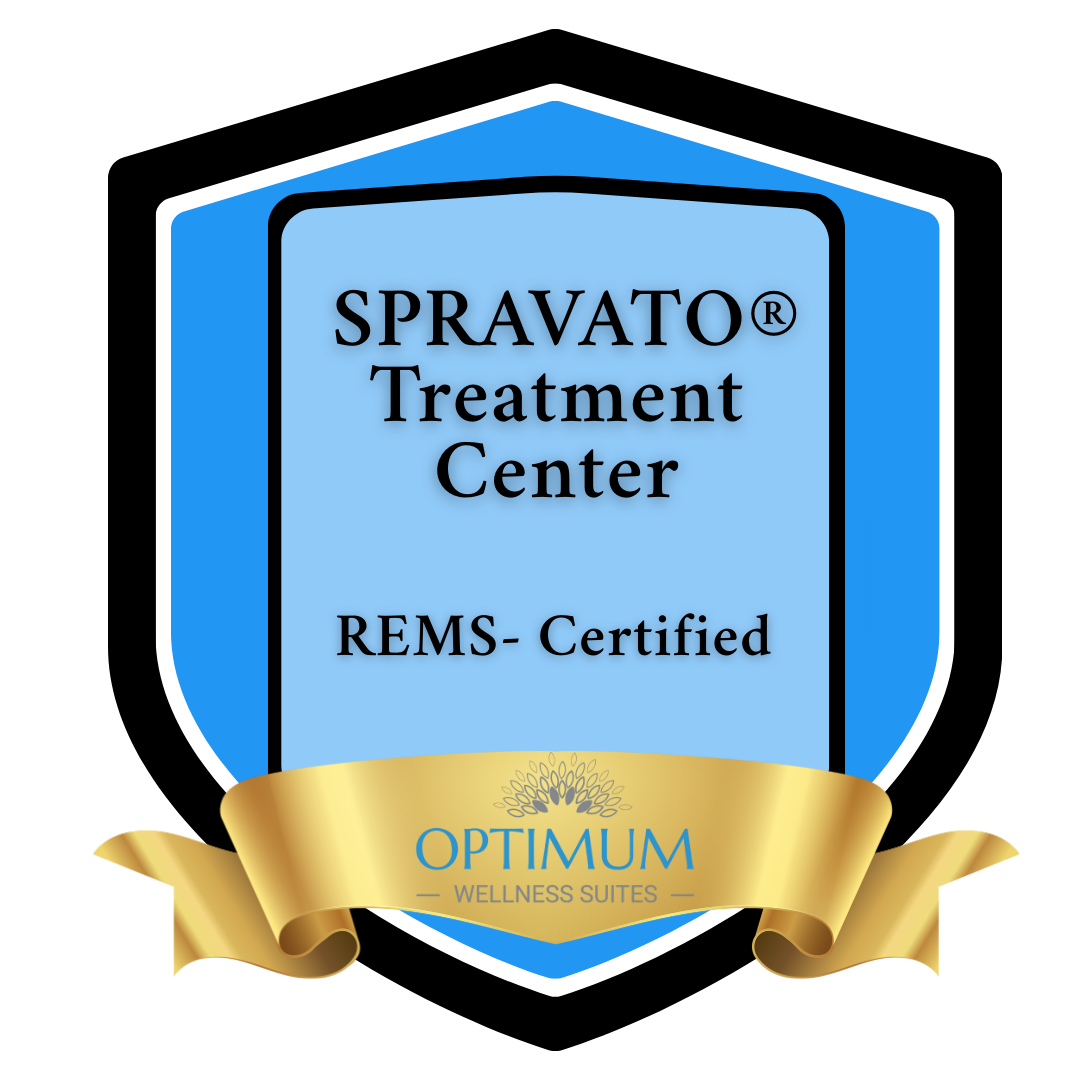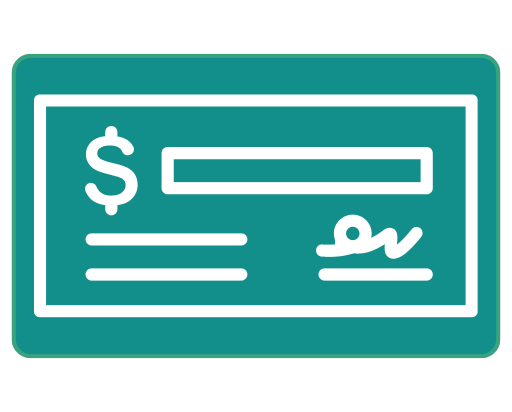Self-Pay Options: Pay upfront or divide costs into manageable installments, for instance, an out-of-pocket cost of $1,000 can be spread over 60 months for as little as $17/month.
TMS Overview
What Is It?
Transcranial Magnetic Stimulation (TMS) is a more modern approach to mental health treatment. It is a non-invasive method to target specific brain regions and regulate neural activity with the goal of reducing symptoms of mental health conditions.
How TMS Works?
Using BrainsWay TMS technology, a metal coil is used to generate an electromagnetic field which can stimulate specific regions in deeper layers of the brain. For depression, we target the left dorsolateral prefrontal cortex which is associated with many depressive symptoms. For obsessive-compulsive disorder (OCD), the medial prefrontal cortex and anterior cingulate cortex is stimulated to alleviate symptoms.
TMS Overview
What Is It?
Transcranial Magnetic Stimulation (TMS) is a more modern approach to mental health treatment. It is a non-invasive method to target specific brain regions and regulate neural activity with the goal of reducing symptoms of mental health conditions.
How TMS Works?
Using BrainsWay TMS technology, a metal coil is used to generate an electromagnetic field which can stimulate specific regions in deeper layers of the brain. For depression, we target the left dorsolateral prefrontal cortex which is associated with many depressive symptoms. For obsessive-compulsive disorder (OCD), the medial prefrontal cortex and anterior cingulate cortex is stimulated to alleviate symptoms.
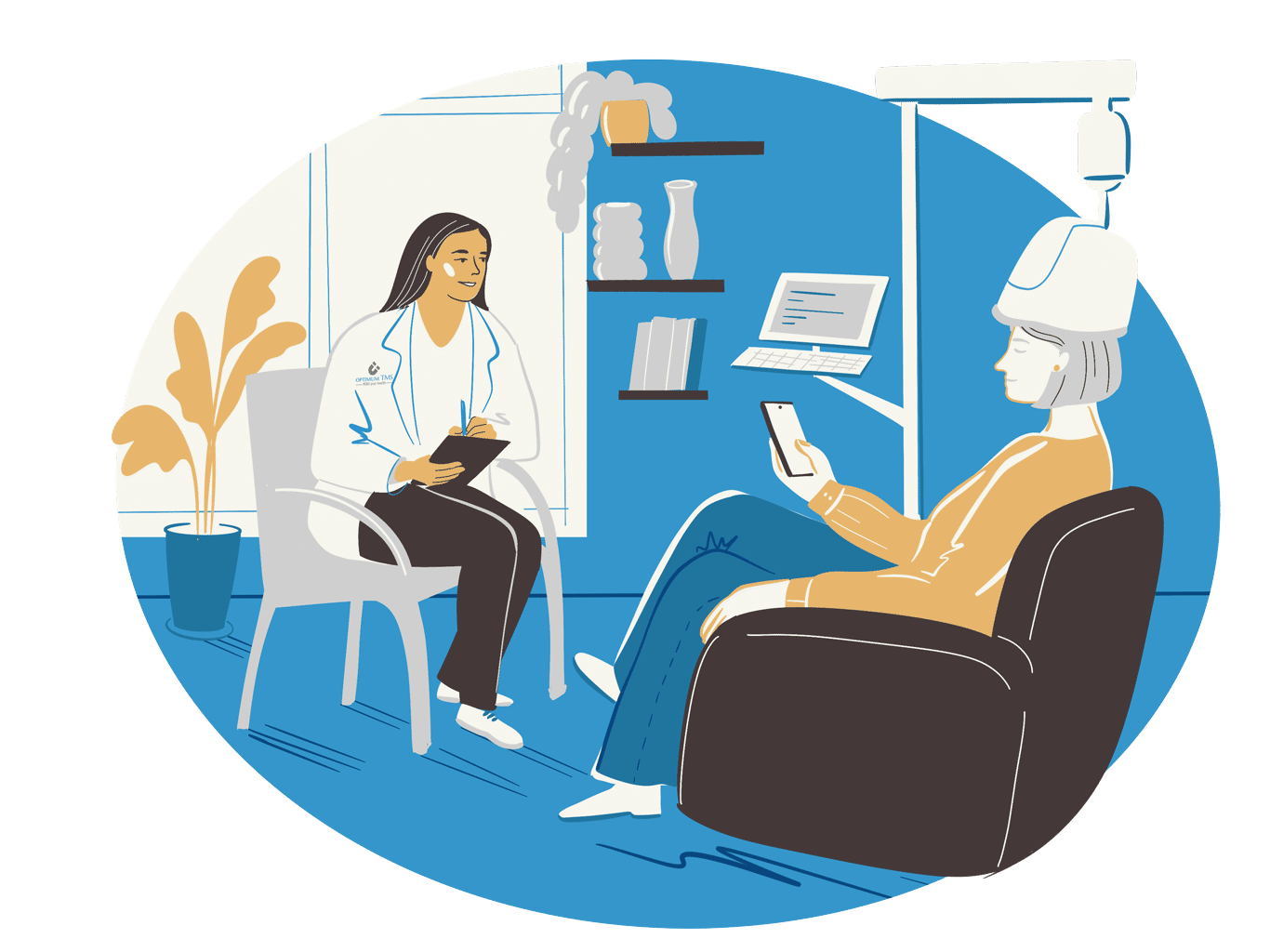
Frequently Asked Questions

Several factors, including severity and type of symptoms, should be considered before taking your first steps in pursuing TMS therapy. Treatment-resistant depression and OCD are commonly the disorders treated by TMS.

Frequently Asked Questions

Several factors, including severity and type of symptoms, should be considered before taking your first steps in pursuing TMS therapy. Treatment-resistant depression and OCD are commonly the disorders treated by TMS.

Safety and Comfort

Is TMS safe?
Yes, TMS was cleared by the FDA in 2008.
Can everyone undergo TMS therapy?
Although it is a safe method, TMS is contraindicated in patients with a history of seizures and with implanted metallic devices or non-removable metallic objects in or around the head (except for standard amalgam dental fillings).
Are there side effects?
Generally, TMS is well-tolerated. Some patients have reported slight headaches, toothaches, or some discomfort at the treatment site, though they subside at the end of each treatment session.
What is the TMS Dip?
The TMS dip is experienced as a temporary exacerbation of depressive symptoms in the early to middle stages of treatment (approximately 2 to 3 weeks into therapy). This is not a common occurrence and is experienced by only 10-15% of our patients. Following this period, the majority of patients see improvements in their depressive symptoms.
This change can be explained by the mechanisms of TMS. The stimulation of brain cells disrupts neural activity which can initially result in increased alertness/energy or exacerbation of mental health symptoms. Once the regular neural activity has been disrupted, new neural pathways can fully develop and manifest the benefits of TMS treatment. Read more about TMS side effects →

Safety and Comfort

Is TMS safe?
Yes, TMS was cleared by the FDA in 2008.
Can everyone undergo TMS therapy?
Although it is a safe method, TMS is contraindicated in patients with a history of seizures and with implanted metallic devices or non-removable metallic objects in or around the head (except for standard amalgam dental fillings).
Are there side effects?
Generally, TMS is well-tolerated. Some patients have reported slight headaches, toothaches, or some discomfort at the treatment site, though they subside at the end of each treatment session.
What is the TMS Dip?
The TMS dip is experienced as a temporary exacerbation of depressive symptoms in the early to middle stages of treatment (approximately 2 to 3 weeks into therapy). This is not a common occurrence and is experienced by only 10-15% of our patients. Following this period, the majority of patients see improvements in their depressive symptoms.
This change can be explained by the mechanisms of TMS. The stimulation of brain cells disrupts neural activity which can initially result in increased alertness/energy or exacerbation of mental health symptoms. Once the regular neural activity has been disrupted, new neural pathways can fully develop and manifest the benefits of TMS treatment. Read more about TMS side effects →

Effectiveness

Will this work?
TMS therapy has demonstrated successful results in research and in practice for many, especially for individuals with treatment-resistant depression. For instance, results in our clinic have shown that about 75% of our patients were responsive to TMS treatment for depression (ie. they had a reduction in symptoms of at least 50%). 50% of our patients achieved full remission of their depressive symptoms. TMS for OCD has varied results.
When will I start feeling the benefit of treatment?
While some patients may notice a difference within the first week, for a majority of individuals, the benefits aren’t fully realized until after the 20th session. Unfortunately, there are a small number of individuals for which TMS is not effective.
Maintenance sessions
Some patients may have recurrent episodes of depression following treatment. To cater for as many patients as possible, we offer TMS maintenance sessions.
This may be covered by your insurance company under specific conditions; please contact us to discuss this.
Can TMS help with PTSD or anxiety?
In the United States, the FDA has only approved TMS for treatment-resistant major depressive disorder and obsessive-compulsive disorder. However, numerous clinical trials provide evidence that TMS can safely and effectively treat other conditions, such as anxiety, PTSD, Parkinson’s disease, and ADHD. Symptoms of these illnesses may improve even when the primary treatment goal is to alleviate symptoms of clinical depression and/or OCD. Currently, our office does not explicitly use TMS to treat Bipolar Disorder, Psychosis, or Schizophrenia.

Effectiveness

Will this work?
TMS therapy has demonstrated successful results in research and in practice for many, especially for individuals with treatment-resistant depression. For instance, results in our clinic have shown that about 75% of our patients were responsive to TMS treatment for depression (ie. they had a reduction in symptoms of at least 50%). 50% of our patients achieved full remission of their depressive symptoms. TMS for OCD has varied results.
When will I start feeling the benefit of treatment?
While some patients may notice a difference within the first week, for a majority of individuals, the benefits aren’t fully realized until after the 20th session. Unfortunately, there are a small number of individuals for which TMS is not effective.
Maintenance sessions
Some patients may have recurrent episodes of depression following treatment. To cater for as many patients as possible, we offer TMS maintenance sessions.
This may be covered by your insurance company under specific conditions; please contact us to discuss this
Can TMS help with PTSD or anxiety?
In the United States, the FDA has only approved TMS for treatment-resistant major depressive disorder and obsessive-compulsive disorder. However, numerous clinical trials provide evidence that TMS can safely and effectively treat other conditions, such as anxiety, PTSD, Parkinson’s disease, and ADHD. Symptoms of these illnesses may improve even when the primary treatment goal is to alleviate symptoms of clinical depression and/or OCD. Currently, our office does not explicitly use TMS to treat Bipolar Disorder, Psychosis, or Schizophrenia.
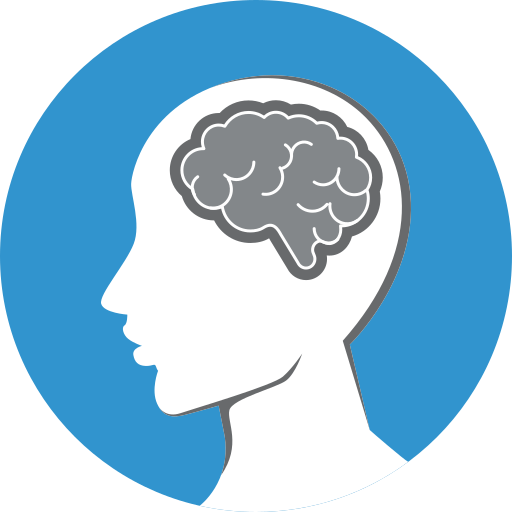
TMS & Other Therapies

How does TMS compare to antidepressants?
Although antidepressants are a typical treatment for depression, they can often be associated with mild to serious side effects and may not be effective in up to 33% of patients. TMS can be used to avoid the side effects of medication and has been found to be effective in a majority of people who do not achieve results with antidepressants.
Will TMS affect my current medications?
TMS patients are usually able to take their medication concurrently, as per usual. After completing the TMS treatment, you may be eligible to adjust your dosage as per consultation with your outpatient provider.
Is TMS different to Electroconvulsive Therapy (ECT)?
Yes. Both treatments have been shown to be helpful for treatment-resistant depression. ECT may be preferred for patients with depression characterized by psychotic features (eg. catatonia, active suicidal thoughts). Unlike TMS, ECT is invasive, requires anesthesia, and electric shocks. TMS uses safe, non-invasive electromagnetic pulses.
We do not specialize in ECT services.

TMS & Other Therapies

How does TMS compare to antidepressants?
Although antidepressants are a typical treatment for depression, they can often be associated with mild to serious side effects and may not be effective in up to 33% of patients. TMS can be used to avoid the side effects of medication and has been found to be effective in a majority of people who do not achieve results with antidepressants.
Will TMS affect my current medications?
TMS patients are usually able to take their medication concurrently, as per usual. After completing the TMS treatment, you may be eligible to adjust your dosage as per consultation with your outpatient provider.
Is TMS different to Electroconvulsive Therapy (ECT)?
Yes. Both treatments have been shown to be helpful for treatment-resistant depression. ECT may be preferred for patients with depression characterized by psychotic features (eg. catatonia, active suicidal thoughts). Unlike TMS, ECT is invasive, requires anesthesia, and electric shocks. TMS uses safe, non-invasive electromagnetic pulses.
We do not specialize in ECT services.

What to Expect

How long does treatment take?
Typically, 1 session is scheduled per day, 5 days a week for 36 total treatment sessions or about 6 to 8 weeks.
If necessary, the treatment schedule can be adjusted slightly, for instance, if there is an unavoidable appointment.
What is a typical TMS session like?
You will be seated in a private room, where you are able to watch TV, read, or use your phone during treatment. A TMS device will be positioned on your head and you will feel a tapping sensation every few seconds throughout the 20-minute session. A TMS technician will remain in the room to ensure your comfort and care. After the session, you will be able to resume daily activities without limitations.
Will TMS sessions feel different from day to day?
Naturally, we experience daily changes in our bodies and our behavior. Several factors can influence how a TMS session may feel. This includes caffeine intake, hydration, medication timing, humidity, sleep variations, and sinus congestion.
During a session, the TMS machine is aligned with one pre-determined coordinate. It is placed in the same position each day and receives the appropriate dose, however, the superficial and peripheral areas of the scalp, face, jaw, eyelids, and hands may feel slightly different from day to day.
Do I need a referral?
No, a referral is not necessary. If you would like us to, we can collaborate with your existing healthcare providers.
Does insurance cover TMS treatment?
TMS costs are more affordable than you may have heard. Most insurances including Medicare provide coverage for TMS as it is becoming more sought after by patients.
We can help you find out whether your insurance will cover treatment! We can then provide an estimate of your out-of-pocket costs, and discuss flexible payment arrangements, if necessary.

What to Expect

How long does treatment take?
Typically, 1 session is scheduled per day, 5 days a week for 36 total treatment sessions or about 6 to 8 weeks.
If necessary, the treatment schedule can be adjusted slightly, for instance, if there is an unavoidable appointment.
What is a typical TMS session like?
You will be seated in a private room, where you are able to watch TV, read, or use your phone during treatment. A TMS device will be positioned on your head and you will feel a tapping sensation every few seconds throughout the 20-minute session. A TMS technician will remain in the room to ensure your comfort and care. After the session, you will be able to resume daily activities without limitations.
Will TMS sessions feel different from day to day?
Naturally, we experience daily changes in our bodies and our behavior. Several factors can influence how a TMS session may feel. This includes caffeine intake, hydration, medication timing, humidity, sleep variations, and sinus congestion.
During a session, the TMS machine is aligned with one pre-determined coordinate. It is placed in the same position each day and receives the appropriate dose, however, the superficial and peripheral areas of the scalp, face, jaw, eyelids, and hands may feel slightly different from day to day.
Do I need a referral?
No, a referral is not necessary. If you would like us to, we can collaborate with your existing healthcare providers.
Does insurance cover TMS treatment?
TMS costs are more affordable than you may have heard. Most insurances including Medicare provide coverage for TMS as it is becoming more sought after by patients.
We can help you find out whether your insurance will cover treatment! We can then provide an estimate of your out-of-pocket costs, and discuss flexible payment arrangements, if necessary.
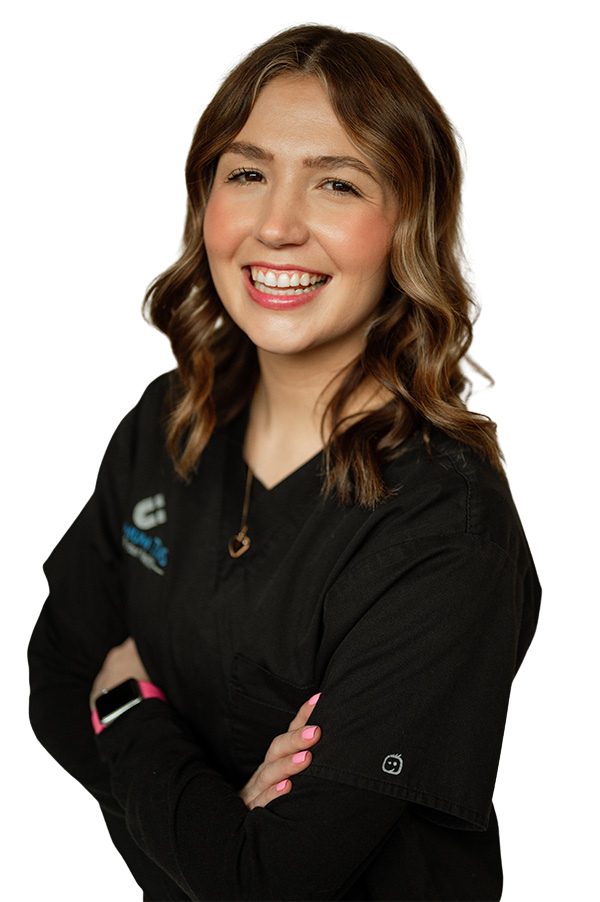
Start Your TMS Journey With Us!
At Optimum TMS and Wellness Suites, we strive to provide exceptional mental health care, using advanced technology. This is why we are passionate about TMS treatment.
Contact us soon to discuss your options with TMS treatment or other forms of therapy at our clinic. We prioritize patient-centered care and want to ensure your mental health journey as smooth as possible.
Start Your TMS Journey With Us!
At Optimum TMS and Wellness Suites, we strive to provide exceptional mental health care, using advanced technology. This is why we are passionate about TMS treatment.
Contact us soon to discuss your options with TMS treatment or other forms of therapy at our clinic. We prioritize patient-centered care and want to ensure your mental health journey as smooth as possible.


Start Your TMS Journey With Us!
At Optimum TMS and Wellness Suites, we strive to provide exceptional mental health care, using advanced technology. This is why we are passionate about TMS treatment.
Contact us soon to discuss your options with TMS treatment or other forms of therapy at our clinic. We prioritize patient-centered care and want to ensure your mental health journey as smooth as possible.
"I just finished a full course of TMS at Optimum and had a fantastic overall experience! The treatment itself worked even better than I expected - which was shocking for me, given that I have struggled with treatment resistant depression for most of my life and was in the worst depressive episode I’d had in years when I started TMS. My symptoms decreased enough to make a HUGE difference in my day to day life, and it gave me the energy and motivation to keep investing in my mental health post-TMS. The entire staff is thoughtful, funny, and super friendly, and they were always very quick to help me accommodate my changing schedule and work with my insurance..."
Poppi
Services & Resources


Serving Ohio Since 2017
Why Choose Optimum TMS
Our team of board-certified psychiatrists, psychiatric nurse practitioners, TMS technicians, and compassionate administration members are dedicated to providing accessible, patient-centered care and want to ensure your comfort in proceeding with any treatment.
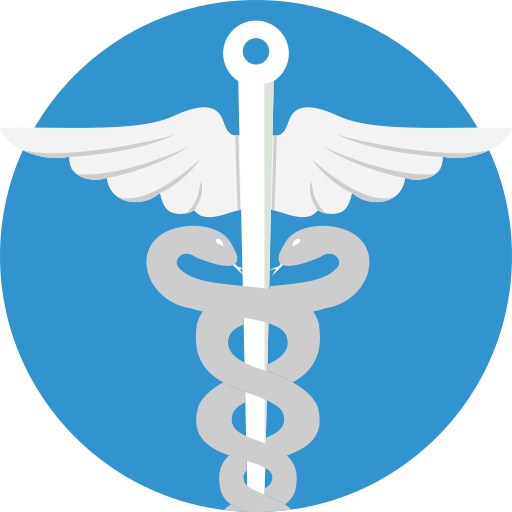
Insurance Accepted
Including Medicare

Financing Available
With CareCredit

Personalized Treatment
Tailored to You

Combined Treatments
Spravato and TMS
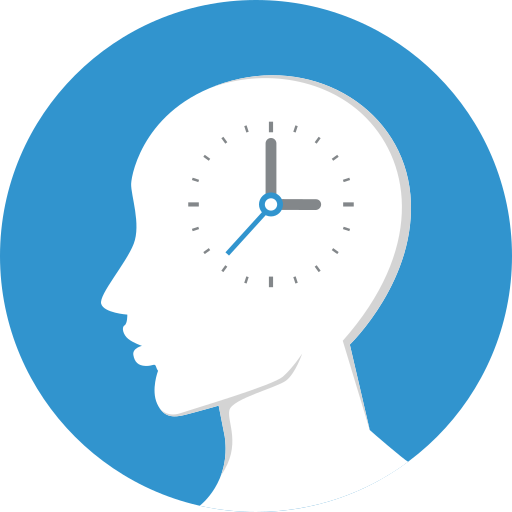
Accelerated TMS
5 Day Relief Program

Expert Care
Board-Certified Psychiatrist

Flexible Plans to Fit Your Budget
We’re committed to making TMS therapy as accessible as possible
Insurance Coverage: We work with leading providers like Aetna, Cigna, Medicare, and more, and can assist in navigating coverage criteria.
CareCredit: Finance your treatment with CareCredit, allowing for tailored payment plans.
Our Treatment Process

You will be seated in a private room, where you are able to watch TV, read, or use your phone during treatment. A TMS device will be positioned on your head and you will feel a tapping sensation every few seconds throughout the session. A TMS technician will remain in the room to ensure your comfort and care. After the session, you will be able to resume daily activities without limitations.
Consultation
You will meet with Dr. Blair to confirm your candidacy for TMS. Dr. Blair will provide a detailed overview of TMS and answer any questions.
Prior Authorization
We handle all the paperwork. The speed of an authorization depends on the insurance company. Typically, 1 day to 2 weeks is a normal speed.
Initial Treatment
Once authorization is obtained, we will contact you to schedule your first appointment. Typically, we can begin TMS within 1 week.
Daily Treatment
Treatments are 5x a week, M-F. You will receive 36 total treatments. Hours of operation are 7 am - 6 pm
Meet with Dr. Blair
On your last treatment day, you will meet with Dr. Blair to discuss outcomes and next steps.
Maintenance Treatment
For those that achieve remission or a significant response to TMS, Maintenance TMS may be an option. Dr. Blair can discuss this with you. This is not covered by insurance.
Contact Us
We will get back to you as soon as possible.
Please try again later.
"I just finished a full course of TMS at Optimum and had a fantastic overall experience! The treatment itself worked even better than I expected - which was shocking for me, given that I have struggled with treatment resistant depression for most of my life and was in the worst depressive episode I’d had in years when I started TMS. My symptoms decreased enough to make a HUGE difference in my day to day life, and it gave me the energy and motivation to keep investing in my mental health post-TMS. The entire staff is thoughtful, funny, and super friendly, and they were always very quick to help me accommodate my changing schedule and work with my insurance..."
Poppi
Services & Resources

Serving Ohio Since 2017
Why Choose Optimum TMS
Our team of board-certified psychiatrists, psychiatric nurse practitioners, TMS technicians, and compassionate administration members are dedicated to providing accessible, patient-centered care and want to ensure your comfort in proceeding with any treatment.


Insurance Accepted
Including Medicare

Financing Available
With CareCredit

Accelerated TMS
5 Day Relief Program

Personalized Treatment
Tailored to You

Combined Treatments
Spravato and TMS

Expert Care
Board-Certified Psychiatrist

Flexible Plans to Fit Your Budget
We’re committed to making TMS therapy as accessible as possible

Self-Pay Options: Pay upfront or divide costs into manageable installments, for instance, an out-of-pocket cost of $1,000 can be spread over 60 months for as little as $17/month.

Insurance Coverage: We work with leading providers like Aetna, Cigna, Medicare, and more, and can assist in navigating coverage criteria.

CareCredit: Finance your treatment with CareCredit, allowing for tailored payment plans.
Our Treatment Process

You will be seated in a private room, where you are able to watch TV, read, or use your phone during treatment. A TMS device will be positioned on your head and you will feel a tapping sensation every few seconds throughout the session. A TMS technician will remain in the room to ensure your comfort and care. After the session, you will be able to resume daily activities without limitations.
Consultation
You will meet with Dr. Blair to confirm your candidacy for TMS. Dr. Blair will provide a detailed overview of TMS and answer any questions.
Prior Authorization
We handle all the paperwork. The speed of an authorization depends on the insurance company. Typically, 1 day to 2 weeks is a normal speed.
Initial Treatment
Once authorization is obtained, we will contact you to schedule your first appointment. Typically, we can begin TMS within 1 week.
Daily Treatment
Treatments are 5x a week, M-F. You will receive 36 total treatments. Hours of operation are 7 am - 6 pm
Meet with Dr. Blair
On your last treatment day, you will meet with Dr. Blair to discuss outcomes and next steps.
Maintenance Treatment
For those that achieve remission or a significant response to TMS, Maintenance TMS may be an option. Dr. Blair can discuss this with you. This is not covered by insurance.
Contact Us
Call
614-933-4200
or complete our simple online form.

Contact Us
We will get back to you as soon as possible.
Please try again later.
"I just finished a full course of TMS at Optimum and had a fantastic overall experience! The treatment itself worked even better than I expected - which was shocking for me, given that I have struggled with treatment resistant depression for most of my life and was in the worst depressive episode I’d had in years when I started TMS. My symptoms decreased enough to make a HUGE difference in my day to day life, and it gave me the energy and motivation to keep investing in my mental health post-TMS. The entire staff is thoughtful, funny, and super friendly, and they were always very quick to help me accommodate my changing schedule and work with my insurance..."
Poppi
Services & Resources

Serving Ohio Since 2017
Why Choose Optimum TMS
Our team of board-certified psychiatrists, psychiatric nurse practitioners, TMS technicians, and compassionate administration members are dedicated to providing accessible, patient-centered care and want to ensure your comfort in proceeding with any treatment.


Insurance Accepted
Including Medicare

Financing Available
With CareCredit

Accelerated TMS
5 Day Relief Program

Personalized Treatment
Tailored to You

Combined Treatments
Spravato and TMS

Expert Care
Board-Certified Psychiatrist

Flexible Plans to Fit Your Budget
We’re committed to making TMS therapy as accessible as possible

Self-Pay Options: Pay upfront or divide costs into manageable installments, for instance, an out-of-pocket cost of $1,000 can be spread over 60 months for as little as $17/month.

Insurance Coverage: We work with leading providers like Aetna, Cigna, Medicare, and more, and can assist in navigating coverage criteria.

CareCredit: Finance your treatment with CareCredit, allowing for tailored payment plans.
Our Treatment Process

You will be seated in a private room, where you are able to watch TV, read, or use your phone during treatment. A TMS device will be positioned on your head and you will feel a tapping sensation every few seconds throughout the session. A TMS technician will remain in the room to ensure your comfort and care. After the session, you will be able to resume daily activities without limitations.
Consultation
You will meet with Dr. Blair to confirm your candidacy for TMS. Dr. Blair will provide a detailed overview of TMS and answer any questions.
Prior Authorization
We handle all the paperwork. The speed of an authorization depends on the insurance company. Typically, 1 day to 2 weeks is a normal speed.
Initial Treatment
Once authorization is obtained, we will contact you to schedule your first appointment. Typically, we can begin TMS within 1 week.
Daily Treatment
Treatments are 5x a week, M-F. You will receive 36 total treatments. Hours of operation are 7 am - 6 pm
Meet with Dr. Blair
On your last treatment day, you will meet with Dr. Blair to discuss outcomes and next steps.
Maintenance Treatment
For those that achieve remission or a significant response to TMS, Maintenance TMS may be an option. Dr. Blair can discuss this with you. This is not covered by insurance.
Contact Us
Call
614-933-4200
or complete our simple online form.

Contact Us
We will get back to you as soon as possible.
Please try again later.

